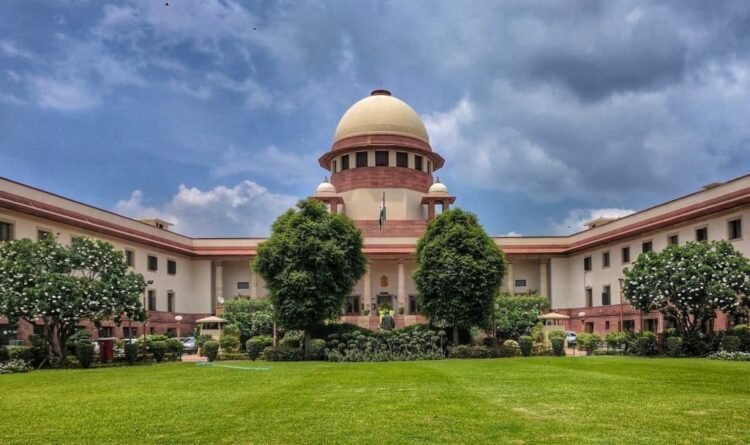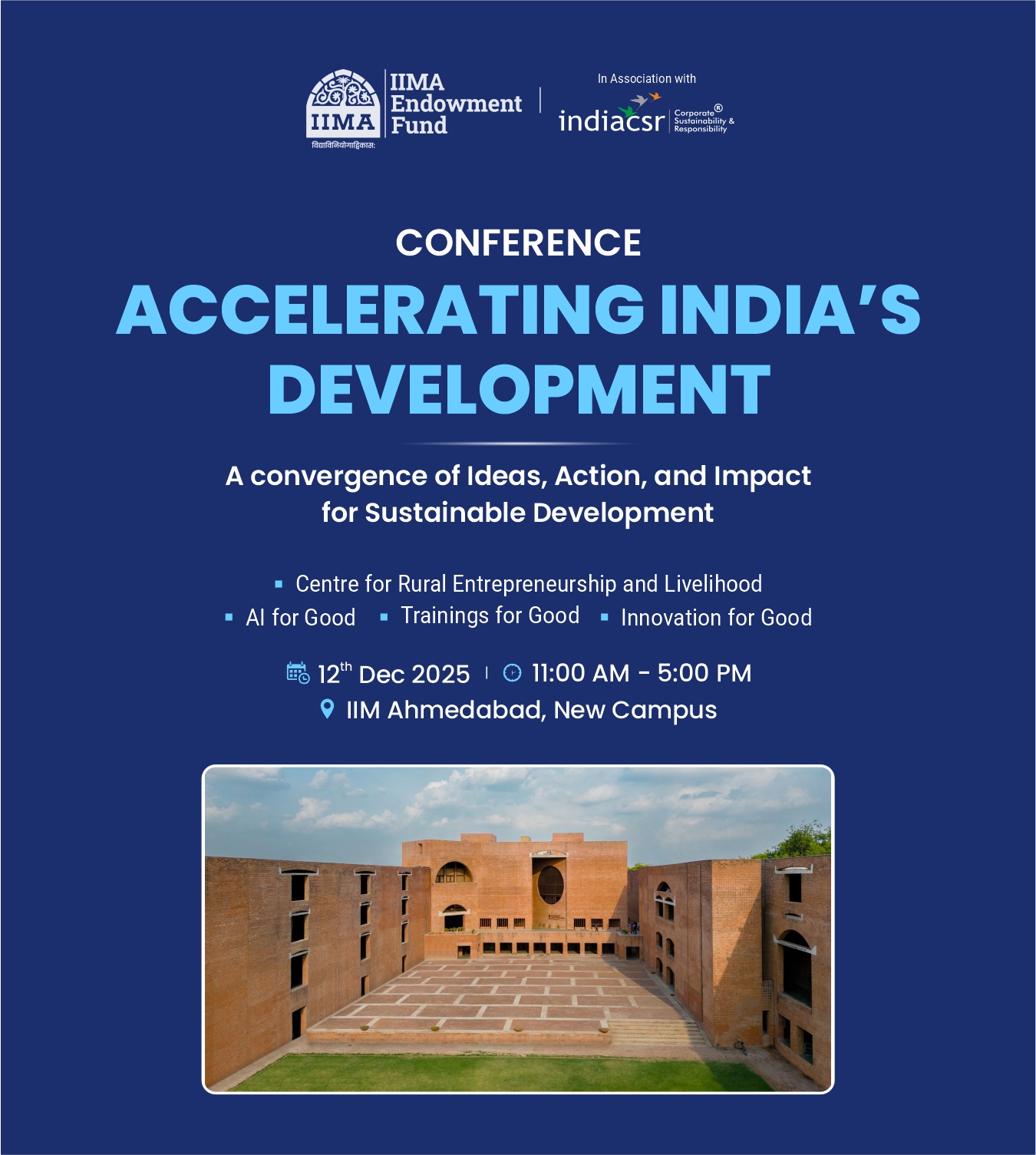Balancing Free Speech and Hate Speech Control in India’s Digital Age
NEW DELHI (India CSR): In a pivotal ruling on July 14, 2025, the Supreme Court of India issued a stern directive to the Central Government and all states to clamp down on hate speech proliferating across social media platforms. However, the court underscored the importance of preserving the fundamental right to freedom of expression, describing it as “invaluable.” This decision, delivered by a bench comprising Justices B.V. Nagarathna and Augustine George Francis Viswanathan, addresses the growing menace of online hate while reinforcing the delicate balance between regulation and individual liberties. The ruling has sparked a nationwide conversation about responsible digital discourse and the role of citizens in curbing divisive content.
Supreme Court Cracks Down on Hate Speech While Safeguarding Free Expression:
| Key Fact | Details |
|---|---|
| Court | Supreme Court of India |
| Judgment Date | July 14, 2025 |
| Bench | Justices B.V. Nagarathna and Augustine George Francis Viswanathan |
| Main Directive | Centre and states must take strict action against hate speech on social media |
| Petitioner | Wajahat Khan |
| Respondent | Social media influencer Sharmistha Panoli |
| Allegations | Posts inciting communal hatred; multiple FIRs filed in different states |
| Legal Focus | Balancing free speech and hate speech in digital platforms |
| Court’s Stand on Free Speech | Described as “precious” and “invaluable” but not absolute |
| Key Observation | “Internet posts live forever. Deleting does not erase impact.” |
| Significant Quote | “Legitimizing everything under free expression is dangerous.” |
| Judiciary Advice | Citizens must self-regulate online behavior to reduce state interference |
| Legal Precedent Impact | Reinforces responsible digital expression and restraint |
| Implications | May lead to stricter content moderation and state-level digital regulations |
The Context: A Case Rooted in Social Media Controversy
The Supreme Court’s remarks came during a hearing on a petition filed by Wajahat Khan against social media influencer Sharmistha Panoli. Khan alleged that Panoli’s posts incited communal tension and religious hatred, prompting multiple First Information Reports (FIRs) against him across states like Assam, Delhi, Haryana, and West Bengal. Khan’s legal team sought to consolidate these FIRs, arguing that the complaints were becoming a source of harassment. In response, the court expressed concern over the misuse of free speech to justify harmful content, stating, “The attempt to legitimize everything under the guise of free expression is dangerous.”
A Call for Responsible Expression
The bench emphasized that while hate speech demands strict regulation, any action must respect the constitutional right to free speech. “Freedom of expression is a precious right, but its misuse only burdens our courts,” Justice Nagarathna observed. The court urged citizens to exercise restraint in sharing, liking, or promoting divisive content online, highlighting that self-regulation is key to reducing the need for state intervention. This directive aligns with growing global concerns about the impact of social media on societal harmony, particularly in a diverse nation like India.
The Permanence of Digital Footprints
In a striking observation, Justice Nagarathna noted the enduring nature of online content: “Once something is posted on the internet, it remains forever. Deleting a post does not erase its impact.” This comment underscores the court’s recognition of the challenges posed by the digital age, where inflammatory content can spread rapidly and persist indefinitely. The ruling calls for a proactive approach to content moderation, urging both platforms and users to be vigilant.
Legal Proceedings and Prior Hearings
The case builds on earlier proceedings, including a June 24, 2025, hearing where Justices Augustine George Francis Viswanathan and N. Kotiswar Singh issued notices to the Centre and the governments of Assam, Delhi, Haryana, and West Bengal. These notices responded to Khan’s plea to consolidate the multiple FIRs filed against him. Khan, arrested on June 9, 2025, faces charges of posting content that allegedly fueled religious hatred and communal tension. He remains in police custody for one FIR and judicial custody for another, highlighting the complexity of his legal battle.
Khan’s counsel apologized for his past posts during the hearing, arguing that the FIRs may not directly relate to the tweets in question. The court, however, questioned the cycle of new FIRs and arrests, stating, “What purpose does filing repeated FIRs and jailing someone serve? This approach offers no real solution.”
Implications for India’s Digital Landscape
The Supreme Court’s directive has far-reaching implications for India’s digital ecosystem. With social media platforms serving as both a tool for expression and a breeding ground for divisive rhetoric, the ruling emphasizes the need for a balanced approach. Legal experts suggest that this decision could prompt stricter guidelines for content moderation by platforms like X, while encouraging users to be more mindful of their online actions.
“This ruling is a wake-up call for both regulators and citizens,” said legal scholar Arjun Mehra. “It reinforces that free speech comes with responsibilities, especially in a country as diverse as India, where words can quickly escalate tensions.”
You Learn: A Collaborative Effort
The Supreme Court’s directive places the onus on both the government and the public to address hate speech effectively. States are now tasked with implementing measures to curb inflammatory content without stifling legitimate expression. Meanwhile, citizens are encouraged to adopt a more responsible approach to online engagement. As India navigates the complexities of its digital age, this ruling serves as a clarion call for unity, accountability, and respect for one of the Constitution’s most cherished rights.
(India CSR)





